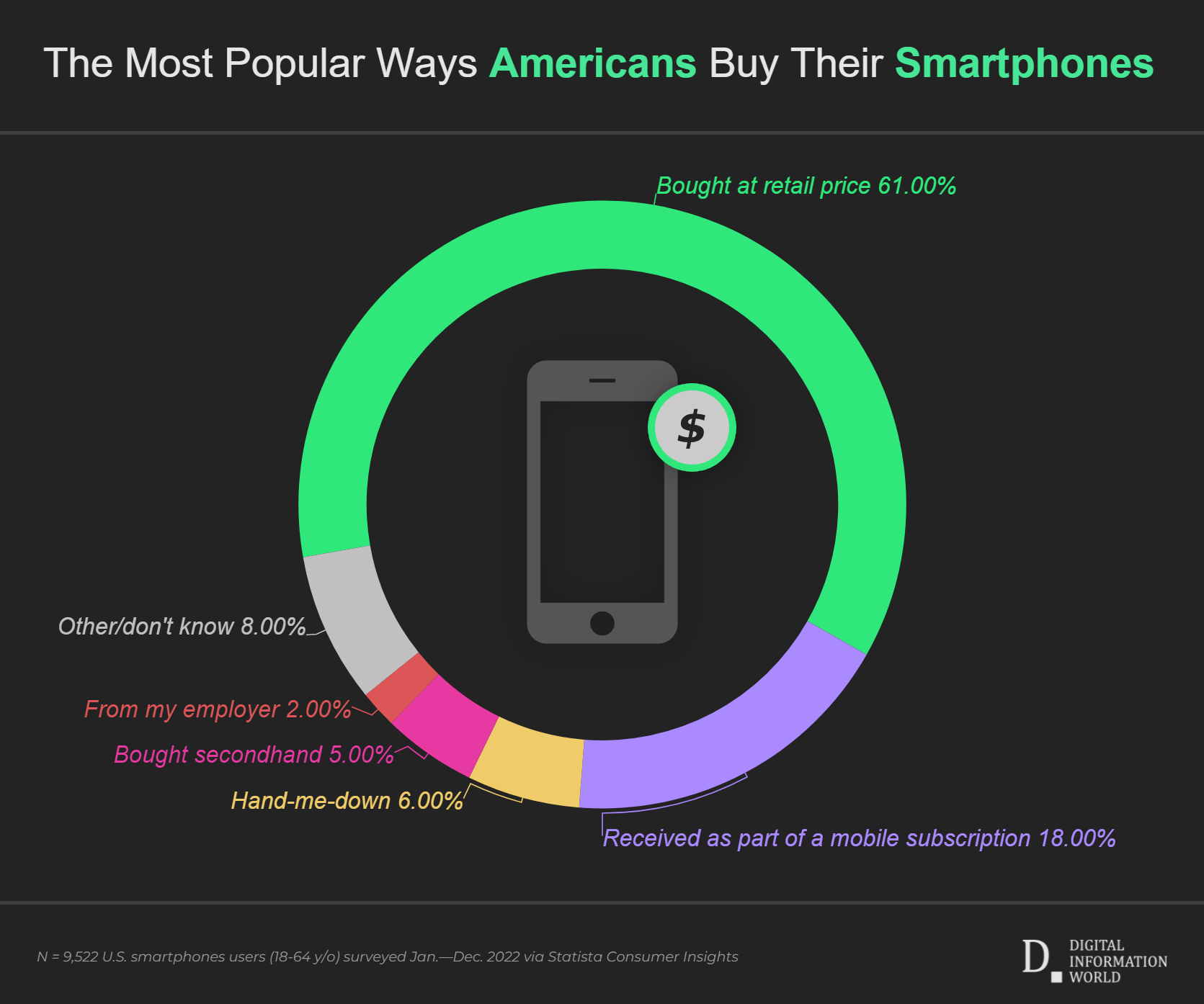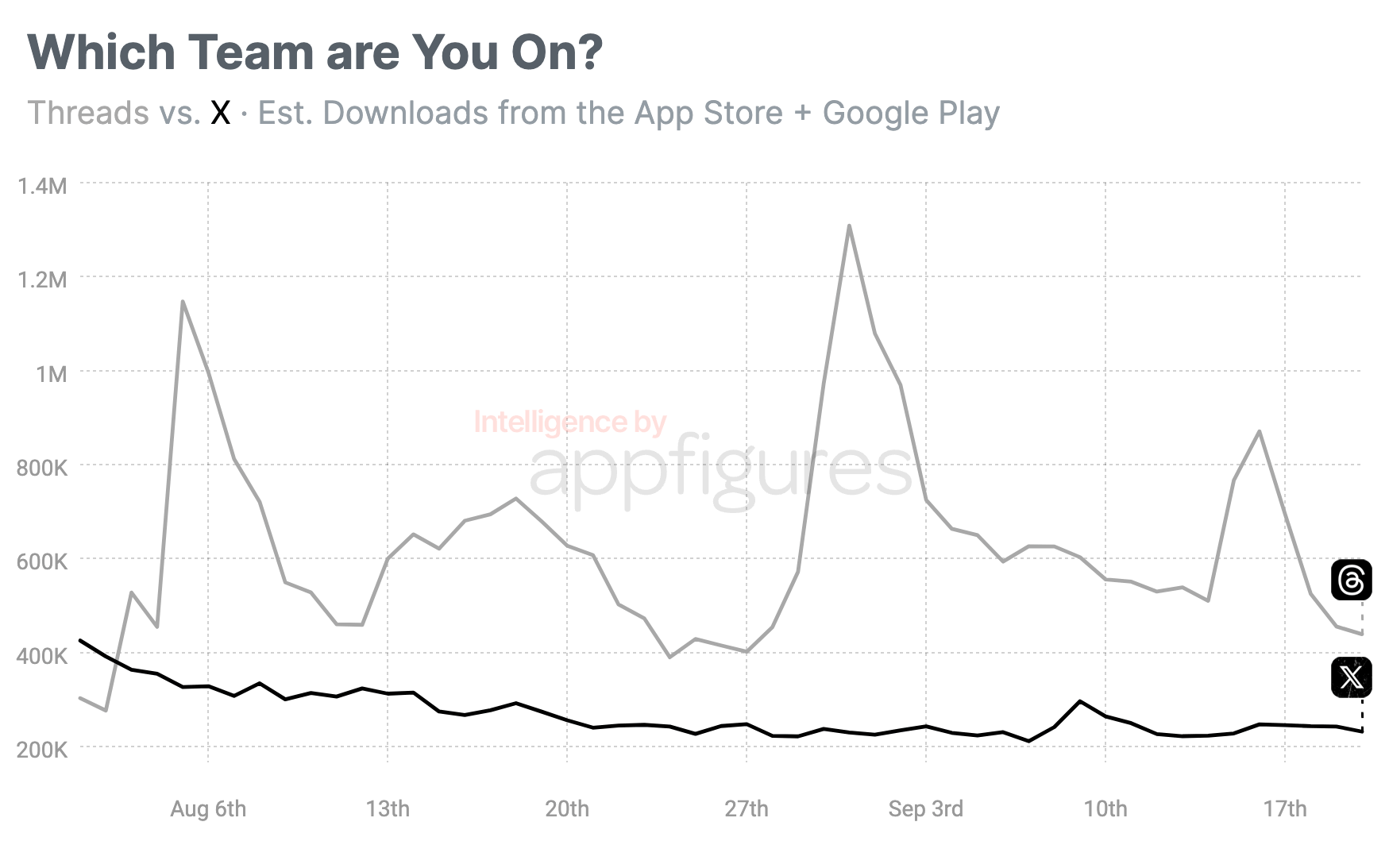According to the watchful 9to5Mac, a group of iOS engineers known as Mysk decided to spill the virtual beans on X (Twitter) over the weekend. "PSA: iOS 17 turns these sensitive location options back on," they announced nonchalantly. Assuming that you deactivated focal areas and added area information to your iPhone examination prior to moving up to iOS 17, iOS 17 will empower the choices as shown in the screen capture." Isn't that an impromptu get-together that nobody needed to join in?
🚨PSA: iOS 17 turns these sensitive location options back on. If you have disabled significant locations as well as adding your location information to your iPhone analytics before upgrading to iOS 17, iOS 17 will turn the options on as shown in the screenshot.
— Mysk 🇨🇦🇩🇪 (@mysk_co) September 23, 2023
While significant… pic.twitter.com/ROVEgPqw08
Let's decode this tech jargon for you: Significant Locations is like that overenthusiastic friend who always knows where you are and occasionally sends you location-based reminders, like, "Hey, you're near a grocery store, remember to buy milk!" On the flip side, iPhone Analytics is like Apple's undercover agent, where you occasionally spill the beans about how you use your iOS device.
Now for the main twist, as explained by Mysk: They expressed that while significant areas are held inside your iPhone, they might possibly be manhandled in light of the fact that they unequivocally record your routinely visited objections. Then again, iPhone investigation play an alternate game since they are imparted to Apple. Regardless of whether the reports uncover your name, remembering your area data for these investigation reports might have protection results. It's like discovering that your prized secret recipe collection drew more attention than you intended at the community bake sale.
In any case, pause; there's something else! In its standard mysterious style, Apple guarantees us that "your Huge Areas and assortments are encoded end‑to‑end so Apple can't understand them. What's more, when you share your estimated time of arrival with different Guides clients, Apple can't see your area." Indeed, that is soothing. Be that as it may, clutch your computerized caps since there's a contort in this protection plot!
As per a similar 9to5Mac story, Apple guarantees that these settings shouldn't change independently when you redesign from iOS 16 to the puzzling iOS 17. Maybe your dearest GPS concludes that a beautiful way through a corn labyrinth is the fastest way home.
So we're in the middle of a digital mystery, with Apple wearing its detective hat and magnifying lens and "investigating the issue." Who would have guessed that updating your phone's operating system could be a privacy nightmare?
Stay tuned, iPhone users, because the iOS 17 saga is unfolding, and it's likely where this privacy rollercoaster will take us next. Until then, keep an eye on those settings, and remember, Siri might be listening, but let's hope she's not planning any surprise parties of her own.
Read next: A Global Guide to Cryptocurrency Career Opportunities and Industry Trends
by Rubah Usman via Digital Information World






